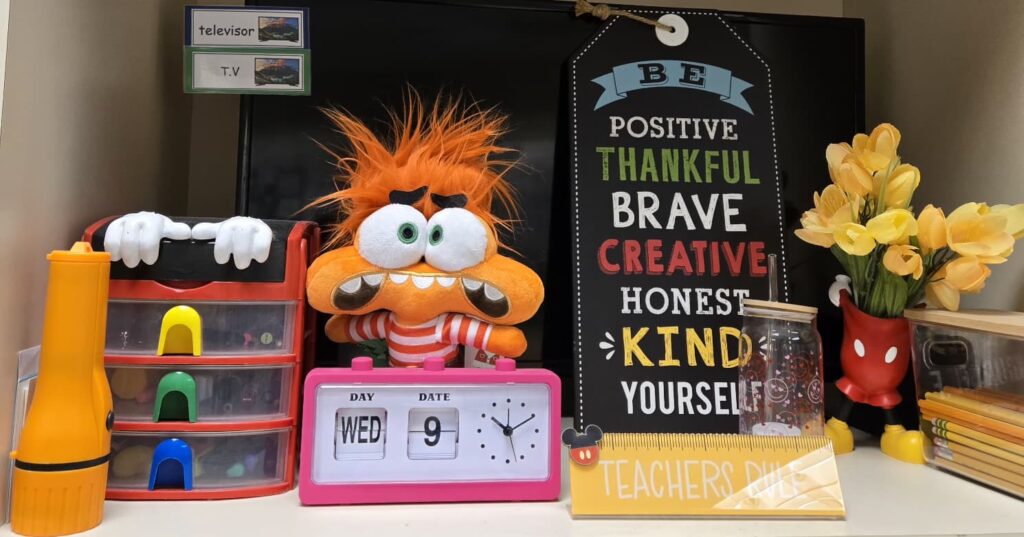
Participating in this week’s discussion opened my eyes to how much the education system has evolved. In the past, learning was rigid, content-driven, and centered on compliance. Today, we move toward a more participatory model one that benefits students by recognizing their voices, experiences, and emotions. This shift doesn’t just help learners it transforms teachers.
As a kindergarten teacher, I have learned that how students feel from the moment they walk into the classroom truly matters. Their emotional state shapes their readiness to learn. I have seen this firsthand: my class had the highest monthly attendance rate, not because of me as a person, but because my students feel safe, loved, and welcomed. That emotional connection becomes the foundation for learning.
This dialogue helped me see more clearly the value of integrating formal learning (what we teach) with informal learning (what students bring from home and life). Formal learning gives structure, standards, and academic goals. But informal learning brings depth, identity, and purpose. When we combine both, learning becomes meaningful, flexible, and student-centered.
As educators, our role shifts from delivering content to facilitating rich learning experiences. In my classroom, this starts every morning with a warm greeting and continues through playful interactions, storytelling, and open conversations. When children feel confident and seen, they begin to see school as a place where they belong and from that place, true learning blooms. I believe that when young children learn to love learning early on, they become confident, curious, and successful for life.
References:
MacArthur Foundation. (2010). Rethinking learning: The 21st-century learner [Video]. YouTube. https://www.youtube.com/watch?v=c0xa98cy-Rw
Fink, L. D. (2003). Creating significant learning experiences: An integrated approach to designing college courses. Jossey-Bass.